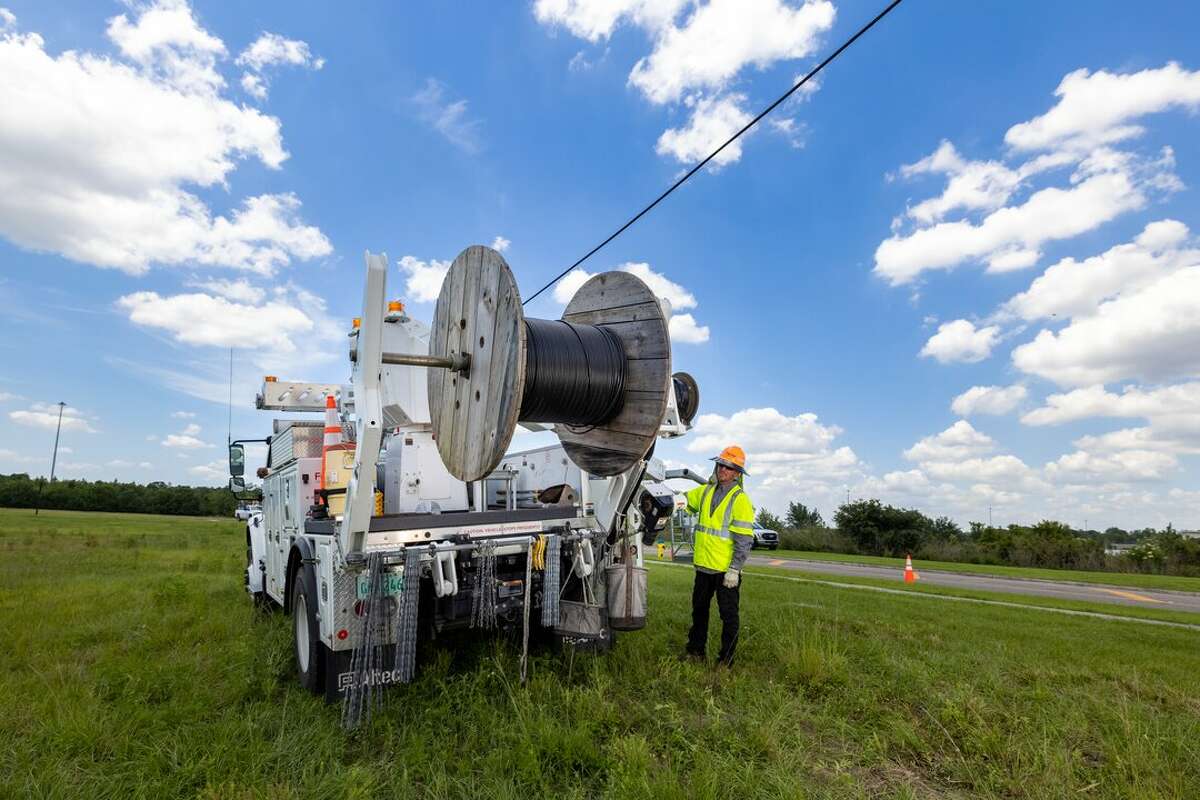Fiberoptic Connectivity: A Step Towards Unrivaled Bandwidth

In today's digital age, the demand for quick and reliable internet connectivity has never been greater. As homes and businesses increasingly rely on online services for telecommute work, video streaming, and gaming, the limitations of traditional broadband options are becoming more evident. Enter fiber optic internet, a innovative technology that promises unmatched bandwidth and an array of advantages over conventional internet connections.
Fiber optic internet is not just a fad; it is the future of connectivity. With its ability to deliver incredibly high speeds and reliable performance, it is transforming our online experiences in ways that were formerly unimaginable. As we delve deeper into the benefits of upgrading to fiber internet, we will examine why it is rapidly becoming the favored choice for everything from telehealth to connected home applications. Whether you are a video game player, a video streaming enthusiast, or simply someone who wants to enjoy seamless online communication, understanding the power of fiber optic technology is essential.
Benefits of Optical Internet
Fiber optic internet offers exceptional speed and efficiency, making it a top option for both users. Unlike conventional cable or DSL connections, fiber optics can provide much quicker upload and download speeds, ensuring that users can obtain content seamlessly. This is especially important for activities that demand high data capacity, such as Ultra HD streaming, online gaming, and video conferencing. With fiber, users benefit from little lag and latency, which boosts overall online interactions.
In addition to speed, fiber optic internet provides superb reliability. Its advanced technology enables it to maintain consistent performance no matter the weather conditions or usage levels. This reliability means that households and businesses can rely on their internet connection to handle multiple devices at the same time without facing slowdowns. This aspect is especially notable for big families or work-from-home setups, where multiple devices are often connected at once.
Security is another key advantage of fiber optic internet. The nature of fiber technology renders it harder for outside parties to snag data, providing a more protected online space. This added layer of security is appealing for individuals and businesses concerned about data privacy. Moreover, fiber optics is more resistant to interference compared to classic copper cables, additionally enhancing its reliability and security.
Comparing Fiber Optic to Traditional Choices
As comparing fiber optic internet against conventional options such as DSL or cable, the differences are immediately clear. Fiber optic technology offers far superior speeds, often exceeding 1 Gbps, whereas DSL or cable typically provide far less bandwidth. Users may experience slowdowns during peak hours with cable, as bandwidth is shared between users. Fiber, on the other hand, offers dedicated connections, ensuring consistent performance no matter the number of users online at any given time.
Another critical advantage of fiber optic internet is its reliability. Unlike traditional copper wires, fiber optics are less vulnerable to electromagnetic interference and weather conditions, meaning you can enjoy uninterrupted service through rain, snow, or heavy winds. This reliability is particularly important for businesses that depend on stable internet connections for operations, and for remote workers who require consistent performance for video calls or cloud-based applications.
Security is yet another area where fiber shines compared to traditional options. Fiber optic connections are inherently more secure since they transmit data using light rather than electrical signals, making them less susceptible to hacking or interference. This feature is especially appealing to households or businesses that value safeguarding their sensitive information. In a time where online security is paramount, opting for fiber optic internet can provide peace of mind that traditional internet options simply cannot match.
The Future of Fiber Optic Internet Connections

As technological advancements continues to progress, the requirement for speedier and more consistent internet connectivity is becoming ever crucial. Fiber optic internet, with its capability to provide unmatched throughput, is positioned at the forefront of this progress. Unlike traditional cable or DSL options, fiber provides the capacity to handle the increasing demands of modern homes and businesses, ensuring fluent content delivery, high-quality virtual meetings, and effortless multitasking across several devices. The transition towards fiber is not merely a trend; it is a significant change in how we interact with the virtual world.
The broadening of fiber optic networks is being driven by both consumer demand and enterprise needs. In urban areas, where high-density living requires solid internet solutions, fiber internet serves as a cornerstone of current infrastructure. Additionally, as FTTH embrace remote work policies and require dependable access to cloud computing, the reliability and performance of fiber internet make it an appealing option. This expanding trend shows that fiber accessibility is becoming important for securing homes and enterprises alike.
Looking ahead, the merging of fiber optic internet with upcoming technologies, such as IoT gadgets and the Internet of Things, highlights its potential to reshape connections even more. With its green infrastructure and potential to support higher data demands, fiber is positioned to not only improve our current online experiences but also accommodate future innovations. As we adopt advancements in areas like augmented reality, digital environments, and more complex telehealth solutions, fiber optic internet will undoubtedly be a essential enabler of these technologies, creating a interconnected future.
